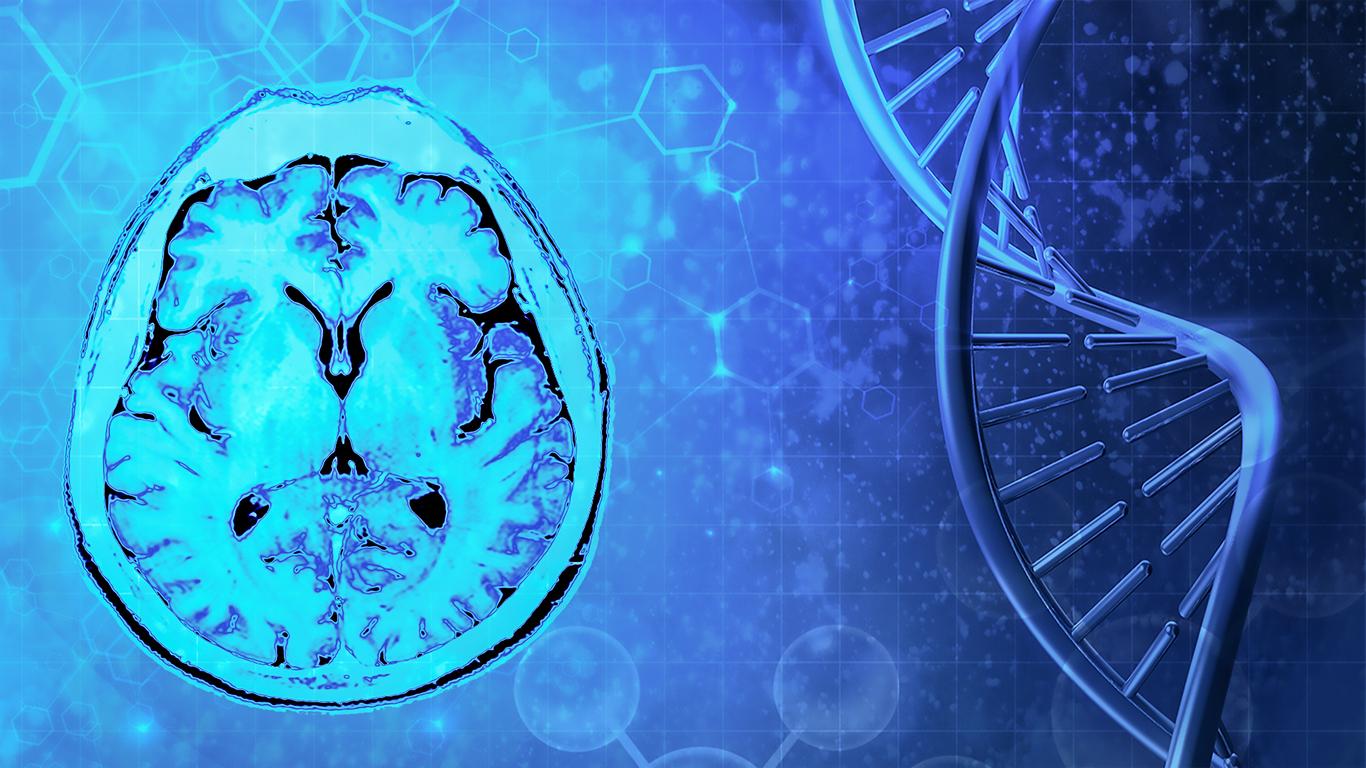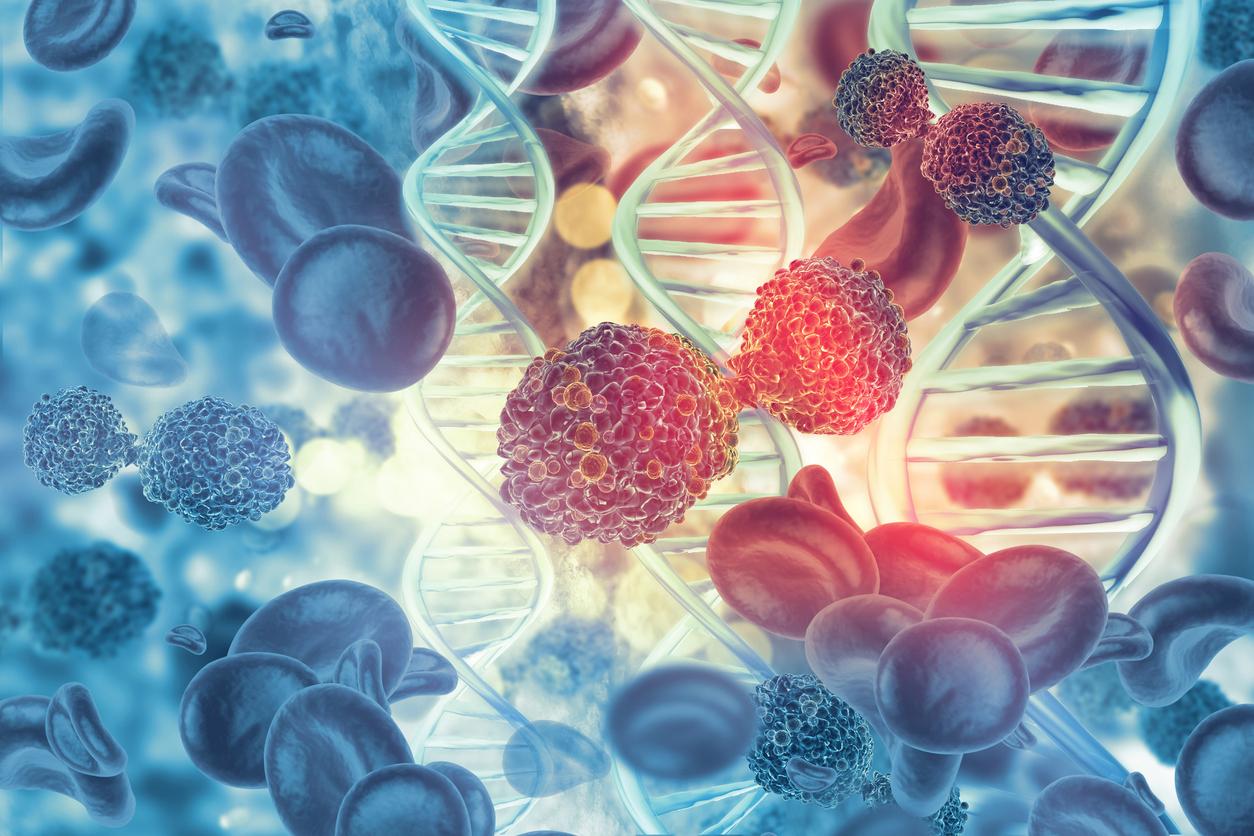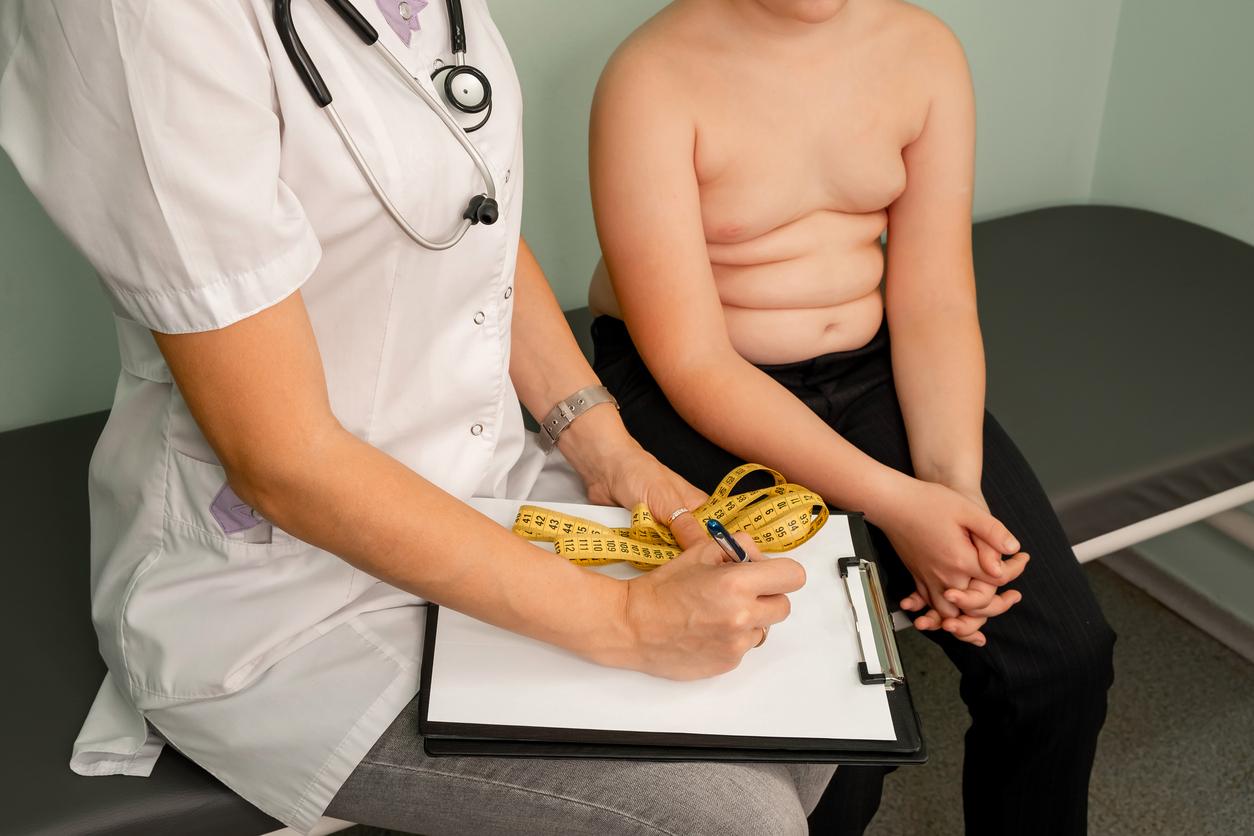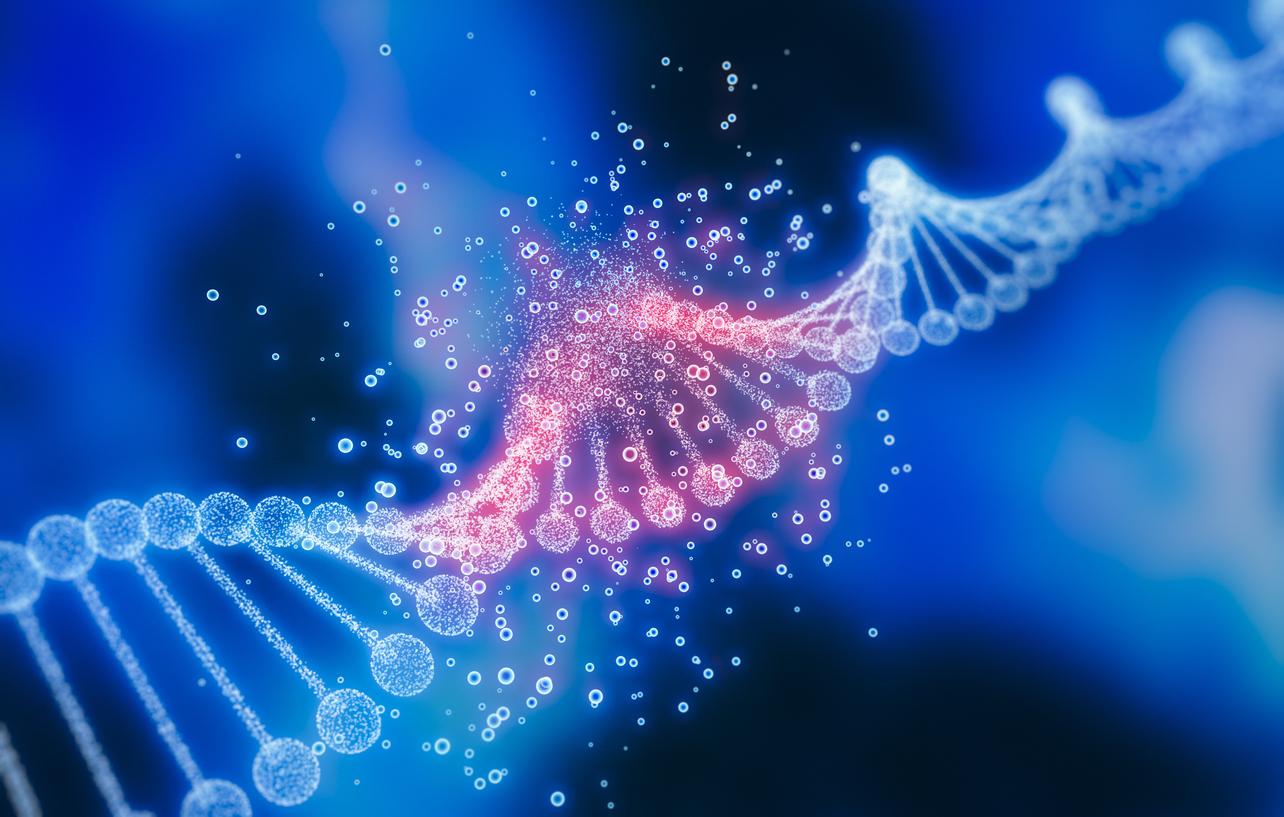Researchers have discovered a new genetic mutation responsible for the appearance of an extra toe or finger. It also causes abnormal head growth and eye problems.
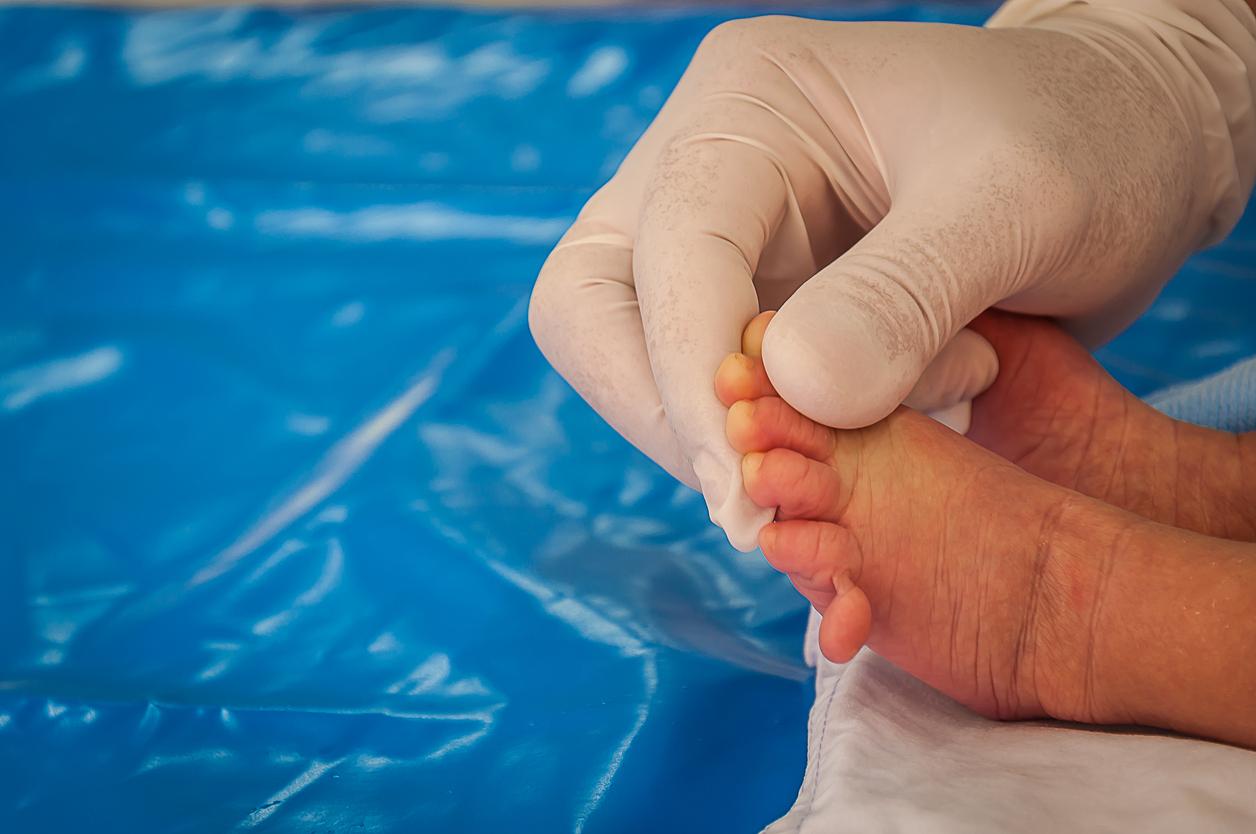
- A mutation in the MAX gene can result in an extra finger or toe.
- Affected people also have larger than average heads and eye problems.
- Researchers have identified a potential treatment, thanks to a molecule.
Babies may be born with an extra finger or toe. British scientists have discovered a new genetic mutation responsible for this malformation. These specialists from the University of Leeds have shed light for the first time on the link between this mutation of the MAX gene and the presence of an extra finger or toe. Carriers also suffer from developmental problems and eye problems.
Extra fingers, enlarged head size and eye problems: a genetic mutation to blame
Published in theAmerican Journal of Human Geneticsthe study focused on three cases: “Three individuals with a rare combination of physical traits, namely polydactyly, and a much larger than average head circumference, known as macrocephaly., they explain. Polydactyly is the medical term for extra fingers or toes. These three people also had delayed eye development, which leads to vision problems during childhood. The researchers compared the DNA of these individuals and discovered that they all carried a common genetic mutation, which caused these birth defects. “Currently, there is no treatment for these patients, warns Dr. James Poulter, molecular neuroscience researcher and co-director of the study. This means that our research into rare diseases is important not only to help us better understand them, but also to identify potential ways to treat them.”
A molecule could act against the symptoms of this genetic mutation
In this case, the scientist and his team discovered a promising molecule: it could be the basis of a treatment to treat some of the neurological symptoms of the disease. “This drug is already in clinical trials for another disorder, which means we could speed up this process for these patients if our research reveals that the drug reverses some of the effects of the mutationcontinues the specialist. This also means that other patients with a similar combination of characteristics can be tested to see if they have the same variant that we identified in our study..” While the treatment appears promising, the authors point out that more in-depth research is needed before health professionals can consider it as a viable therapeutic option.
Genetic mutation: an essential diagnosis for families
However, they emphasize that their work could already help many patients. “These are often underrepresented pathologies that have a huge impact on patients and their families.recalls Dr Poulter. These families go through a long and complex diagnostic odyssey. The time from first visiting the doctor as babies to getting a diagnosis can exceed 10 years.” Researchers now plan to look for other patients with mutations in the MAX gene to better understand the disease and determine whether treatment improves symptoms.









